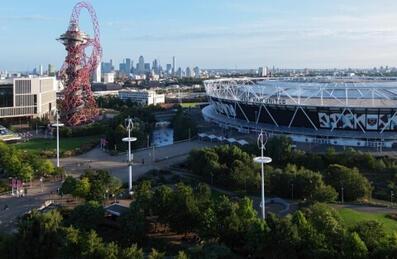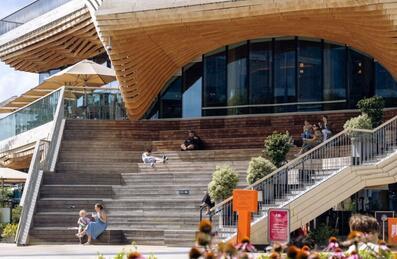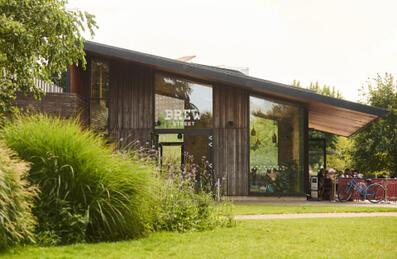
Popular Searches:
Keep up to date
Sign up today for exclusive offers and incredible experiences you won’t want to miss at Queen Elizabeth Olympic Park.
Sign up nowBiodiversity
Queen Elizabeth Olympic Park plays a key role in connecting east London’s biodiversity to local communities.
As a part of the River Lea wildlife corridor between the Thames and open countryside to the North of London, it is an important link, providing 78 miles of connected open spaces, and a home for hundreds of different bird’s, plants, fish, and insects. The regeneration project had three key objectives that shaped the design and how it was constructed – sustainability, biodiversity, and accessibility. Nature and green spaces are essential assets providing a range of benefits, from wildlife habitats and nutrient cycling to recreation and flood mitigation. The Park’s first Biodiversity Acton Plan (BAP) in 2008, (the first produced for an Olympic Park), outlined proposals to create 10 new habitat types covering over 45 hectares including wildflower meadows, woodlands, and wetlands and aimed to acknowledge the synergies between the needs of wildlife and those of local people.
Monitoring and reporting
Although the Park supported valuable species and habitats before the London 2012 Games, the site contained significant highly polluted derelict industrial wasteland. This land has been transformed through various strategies including the Park’s BAP, and sustainability commitments to ensure that new developments protect the Park’s biodiversity during construction and deliver biodiversity “net gain” across the project, in line with mayoral objectives. These commitments alongside the BAP, our Park Design Guide, Inclusive Design Standards and Park Management Plan are reviewed regularly and form a strategy that helps to ensure all designs and plans address conservation issues and enhance the quality of existing biodiversity.
Biodiversity Action Plan
Our BAP which includes several UK BAP priority species for conservation is published every five years and sets out the long-term environmental management plan for the Park. Coupled with our annual monitoring reports our BAP summarise our progress towards achieving our biodiversity aims and objectives, underpins our strategy to maintain and enhance biodiversity on the Park, and reflects the changing Park and the changing climate.
Click on the following link to read the most recent Biodiversity Action Plan.
Bat monitoring
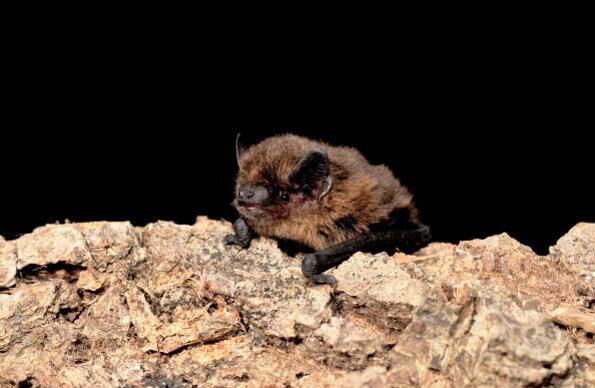
Bat monitoring
The number and diversity of bats reflect the general health and biodiversity of the natural environment in an area.
Through the Nature Smart Cities project, a network of 15 prototype bat monitors was developed and installed across different Park habitats. Each monitor records the soundscape of its surroundings through an ultrasonic microphone, data is then processed to create a spectrogram image, and algorithms used to identify patterns of higher frequencies that resemble bat calls and species.
Six species of bat have been recorded, the majority along East Marsh which currently offers an optimum habitat for bats. Its mature tree lines provide good foraging habitat, and its long dark corridor provides shelter from strong winds.
Species identified include Common pipistrelle (74%), Soprano pipistrelle, Nathusius pipistrelle, Noctule, and Nyctalus. Findings from the study have been shared through an open-source system for monitoring bats and support bat monitoring and management across the Park.
The smart detectors have been developed and installed by UCL and Intel scientists in collaboration with Arup, the Bat Conservation Trust, and the London Wildlife Trust.
Green Flag
The Park has been successful in achieving a Green Flag award every year since 2014, allowing us to demonstrate our commitment to managing the Park to high standards. The award assesses the Park against several criteria that range from how welcoming and safe the Park looks and feels, to how well it is being maintained and used by the public.
The Green Flag assessment a comprehensive assessment of quality and continual improvement which recognises our understanding and value of biodiversity through looking for high standards of horticulture and the conservation of natural features, flora, fauna, and whether there are appropriate management strategies put in place to conserve and enhance them. Beyond this, the standards assess our holistic approach to managing the Park and considers issues such as our approach to responding to the climate emergency, connecting with residents, community involvement and collaboration with stakeholders.
Natural Capital
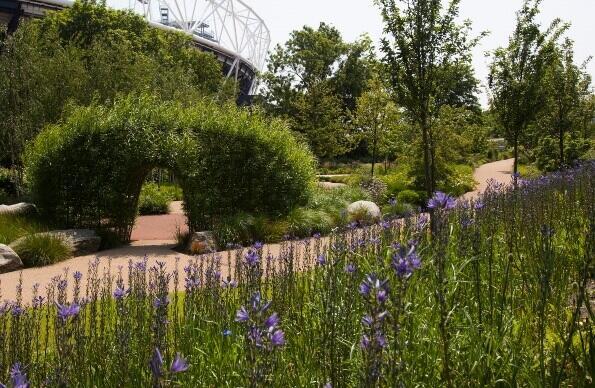
Natural Capital
We all know the feeling of walking barefoot in lush grasslands, the sweet smell of blossom in spring, the fresh cool air of a local woodland, the endless meander of a narrow river. These ecological features that make up our natural environment give us all this and more, creating places that we call home, helping to shape our communities and our personal identities.
Queen Elizabeth Olympic Park, free and accessible to everyone is one such place. It’s river, woodlands, wildlife, and landscape are increasingly becoming better understood for the value, and the range of benefits they provide through the Natural Capital accounting approach to valuing natural assets.
Our natural capital account allows us to quantify and monitor the social, economic, health and wellbeing benefits amongst many more such as air purification and carbon sequestration offered by the ecosystem services provided through our Parklands.



